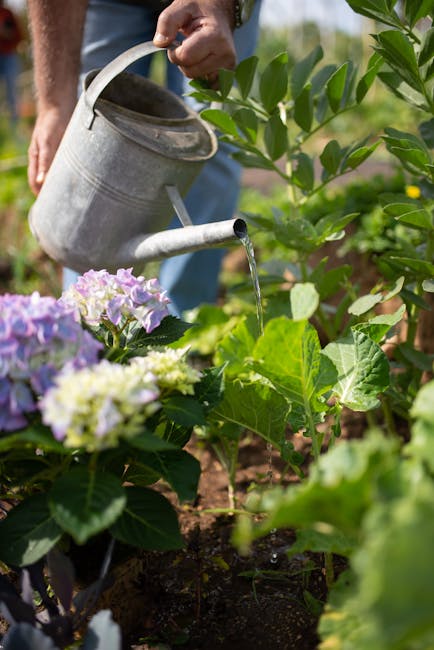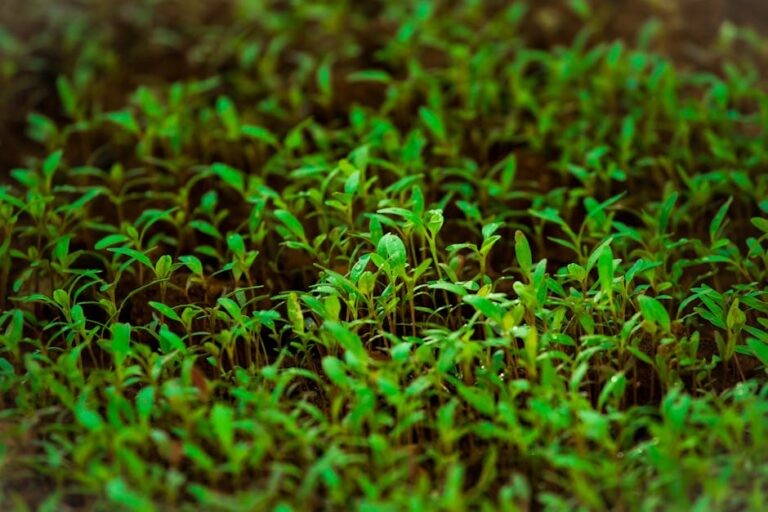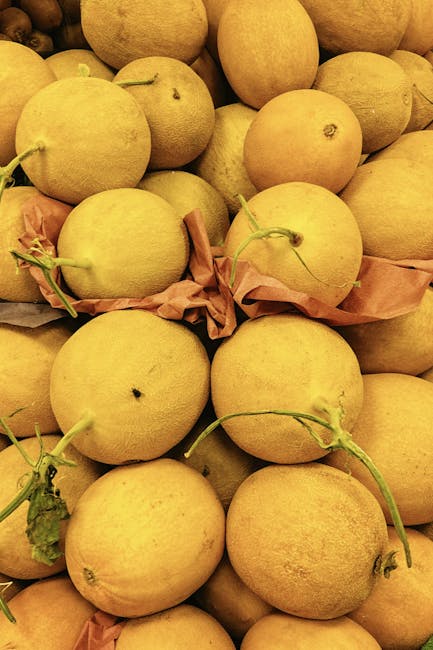How to Propagate Hydrangeas from Leaves: A Comprehensive Guide for Stunning Blooms
How to Propagate Hydrangeas from Leaves: A Comprehensive Guide for Stunning Blooms
Hydrangeas, with their bountiful blooms and vibrant colors, are a gardener’s delight. But these beautiful shrubs can be expensive, leading many to explore propagation methods. While stem cuttings are a popular choice, propagating hydrangeas from leaves offers a unique challenge and a potentially rewarding experience. This comprehensive guide will walk you through the process, addressing common pitfalls and offering tips for success.
Understanding Hydrangea Leaf Propagation: The Challenges and Rewards
Propagating hydrangeas from leaves is significantly more challenging than using stem cuttings. Stem cuttings possess nodes, points where roots and new growth readily emerge. Leaves, lacking these nodes, require more specialized techniques and a higher degree of patience. However, the reward of successfully growing a new hydrangea plant from a single leaf is immensely satisfying.
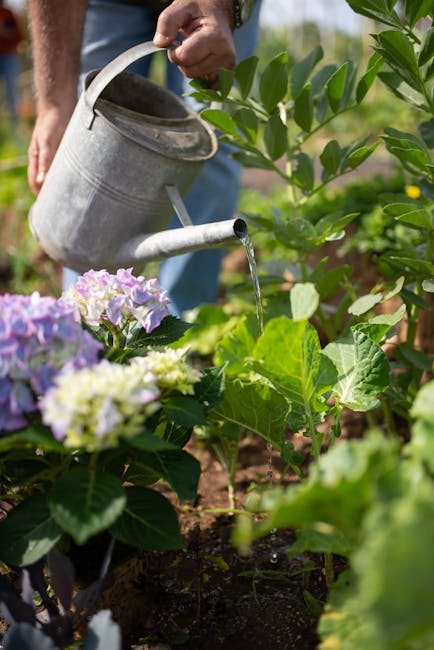
The success rate for leaf propagation is lower compared to stem cuttings, but with meticulous attention to detail and the right techniques, you can significantly increase your chances. Several factors influence success, including leaf health, timing, and the propagation method employed.
Choosing the Right Leaves: Selecting Healthy Material
The foundation of successful propagation lies in selecting healthy, vigorous leaves. Avoid leaves that are damaged, diseased, or showing signs of stress, such as wilting or discoloration. Ideally, choose leaves from the current season’s growth, as these are more likely to contain sufficient energy reserves for propagation.
Consider the leaf’s position on the plant. Leaves from the middle sections of healthy stems are generally preferred, as they represent a balance of maturity and growth potential. Avoid leaves from the very top or bottom of the stem, as these might be too young or old for successful propagation.
Methods for Propagating Hydrangeas from Leaves
1. Leaf-Bud Cuttings: A Precision Approach
This method involves taking a leaf cutting that includes a small portion of the stem containing a dormant bud. These buds hold the potential for new growth. Here’s a step-by-step guide:
- Sterilize your tools: Clean your scissors or knife with rubbing alcohol to prevent the spread of diseases.
- Select the leaf: Choose a healthy leaf from the middle section of a stem. It should have a small portion of the stem attached, including at least one bud.
- Prepare the cutting: Carefully cut the leaf and stem section, ensuring a clean cut.
- Dip in rooting hormone (optional): This step can enhance root development. Follow the instructions on the rooting hormone product.
- Plant the cutting: Use a well-draining potting mix, such as a peat moss and perlite blend. Gently insert the cutting into the mix, ensuring the bud is slightly below the soil surface.
- Provide humidity: Cover the container with a plastic bag or humidity dome to maintain high humidity levels.
- Place in indirect light: Keep the cutting in a location with bright, indirect light.
- Maintain moisture: Keep the soil consistently moist, but not waterlogged.
- Patience is key: Rooting can take several weeks or even months. Regularly check for signs of new growth.
2. Leaf-Section Propagation: A More Challenging Technique
This method involves using sections of leaves, rather than entire leaves with stem portions. It is even more challenging and has a lower success rate, but it can be a viable method if you have limited plant material.
- Prepare the leaf: Sterilize your tools. Carefully cut a healthy leaf into several sections, ensuring each section has a vein.
- Treat the sections: You can apply rooting hormone to the cut edges.
- Place on propagation medium: Lay the leaf sections on a moist propagation mix, ensuring good contact with the medium. This medium should provide excellent drainage.
- Cover and maintain humidity: Cover the container with plastic to maintain high humidity.
- Provide indirect light: Place the container in a spot with bright, indirect light.
- Maintain moisture: Keep the medium moist, but not saturated.
- Monitor for growth: This method requires significant patience. Root and shoot development may be slow.
Creating the Ideal Environment for Hydrangea Leaf Propagation
Providing the right conditions is crucial for success. A humid environment is essential, as it helps to prevent the leaves from drying out and promotes root development. Use a humidity dome or cover the container with a plastic bag to achieve this. Ensure good air circulation to prevent fungal diseases. Bright, indirect light is ideal; avoid direct sunlight, which can scorch the delicate leaves.
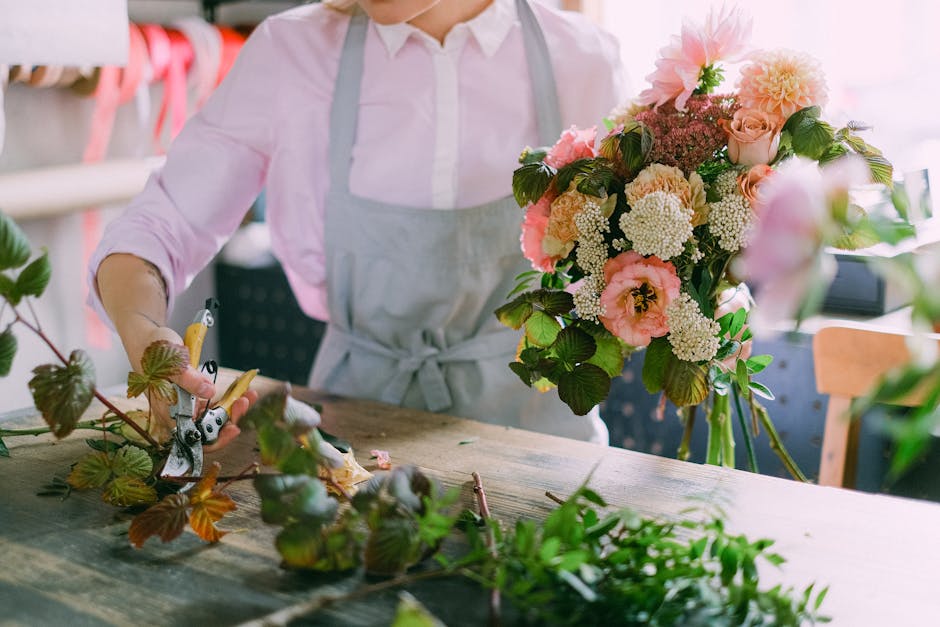
Maintaining consistent moisture is also crucial. The potting mix should be kept moist but never soggy. Overwatering can lead to root rot, while underwatering can cause the leaves to dry out and die.
Troubleshooting Common Problems
Leaf propagation can present some challenges. Here are some common problems and solutions:
- Leaf rot: Caused by excessive moisture. Improve drainage and reduce watering frequency.
- Leaf wilting: Caused by insufficient moisture. Increase watering frequency and improve humidity.
- No root or shoot development: This can be due to several factors, including unhealthy leaves, improper conditions, or insufficient rooting hormone. Try using healthier leaves, optimizing conditions, and using a rooting hormone.
- Fungal diseases: Ensure good air circulation to reduce humidity, and consider using a fungicide if necessary.
Patience and Persistence: The Keys to Success
Propagating hydrangeas from leaves is a challenging but rewarding endeavor. While success might not come quickly, patience and persistence are key. Don’t be discouraged if your first attempt doesn’t produce the desired results. Learn from your experience, refine your techniques, and keep trying. With careful attention to detail and a bit of luck, you’ll eventually be able to enjoy the beauty of new hydrangea plants grown from a single leaf.
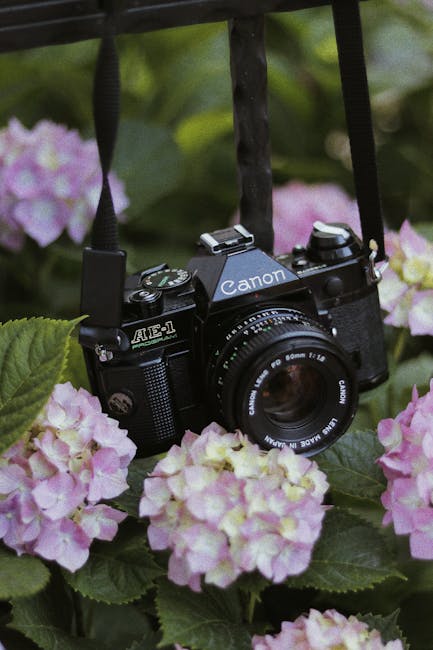
Beyond the Basics: Advanced Techniques and Considerations
For advanced propagators, exploring techniques like using a misting system or bottom-heating propagation mats can significantly improve success rates. These methods provide precise control over humidity and temperature, creating optimal conditions for root development. Additionally, experimenting with different propagation mediums and rooting hormones can yield valuable insights and further enhance your success.
Remember that the variety of hydrangea can influence propagation success. Some varieties are more easily propagated from leaves than others. Researching the specific needs of your hydrangea variety can greatly improve your chances of success.
